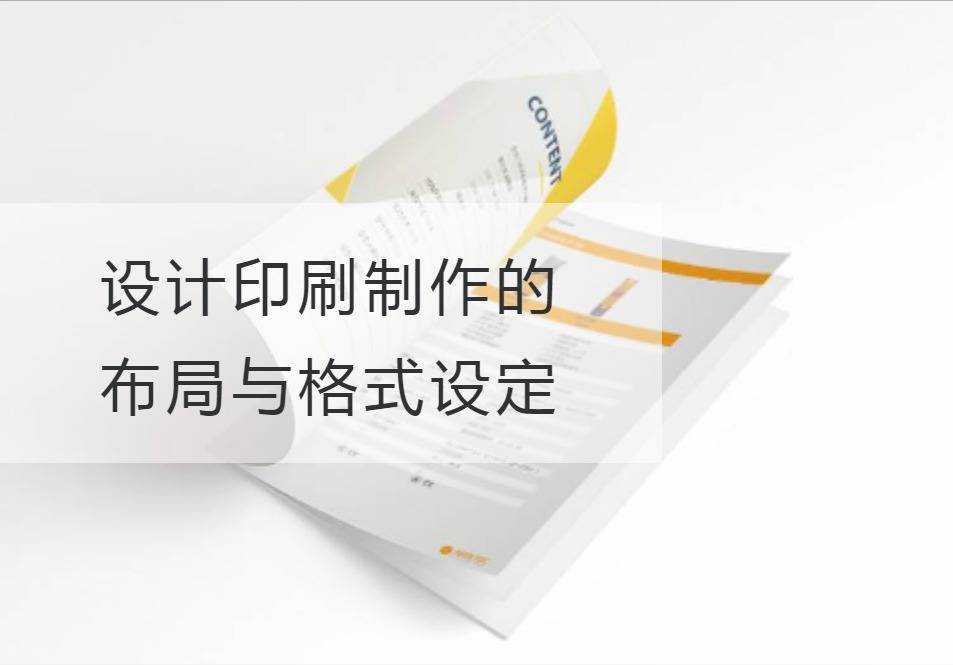Layout and Format Setting of Design and Printing
In modern society, design and printing have become one of the important channels of information transmission. Whether it's a poster, a magazine cover or a business card, a good layout and a reasonable format can attract people's attention and convey a clear message. Therefore, understanding how to do layout and formatting is a must for every designer.
First of all, design layout refers to how the designer organizes and arranges the arrangement of images or text. A good layout can give a sense of harmony and comfort visually, but also can accurately convey information to the viewer. When designing a layout, the designer should consider the following factors.

The first is the arrangement of the page structure. When designing a print, you usually need to divide a page into multiple areas, such as the title area, body area, and picture area. Through clear area division, readers can get information more orderly in the process of reading.
The second is the arrangement and grading of the content. Designers should arrange text and images in different levels according to the importance and relevance of the information. Titles and important content should usually be placed where the eye of the page can most easily scan, while minor content can be placed at or below the edge of the page.
In addition, designers need to pay attention to the balance of visual effects on the page. Visual balance refers to the unity of the weight distribution and spatial layout of the entire page elements. Designers can adjust the size, color, and position of text and images to achieve a balanced effect, so that the page presents a harmonious visual feeling.
On the basis of layout design, the reasonable format setting is also a link that can not be ignored in design and printing. Format setting includes font selection, font size setting, color matching and white space utilization. These aspects should be chosen to match the design's objectives and audience to better communicate the message.
The first is the choice of fonts. Different font styles apply to different print types and themes. For example, formal occasions usually choose a simple, stable font, and creative print can choose a fun, unique font. Also, avoid using too many fonts in a design to avoid visual confusion.
The second is the font size setting. Designers should choose the right font size according to different needs to ensure that the text is easy to read and understand. For example, in promotional posters, headlines often use large fonts to highlight importance, while the text is medium sized to better convey the message.
In addition, color collocation is also an important element in the design. Colors should be chosen in accordance with the design object and objectives, and attention should be paid to avoid overuse or over-obtrusive colors that may affect the visual effect.
Finally, there is the use of blanks. Rational use of blank space can improve the readability and aesthetic feeling of printed matter. It serves to separate and position elements, preventing pages from being too dense to affect the reading experience.
To sum up,Design, printing and productionThe layout and formatting of the is important for conveying information and attracting attention. Designers should pay attention to the arrangement of page structure, the arrangement and grading of content, the realization of visual balance, and the reasonable choice of font, font size, color and the use of blank space. Only through the reasonable layout and format setting, can we stand out from the numerous printed matter, will the message conveyed to the reader better.
Recommended Reading:
What does product image design mean? What items are included?



